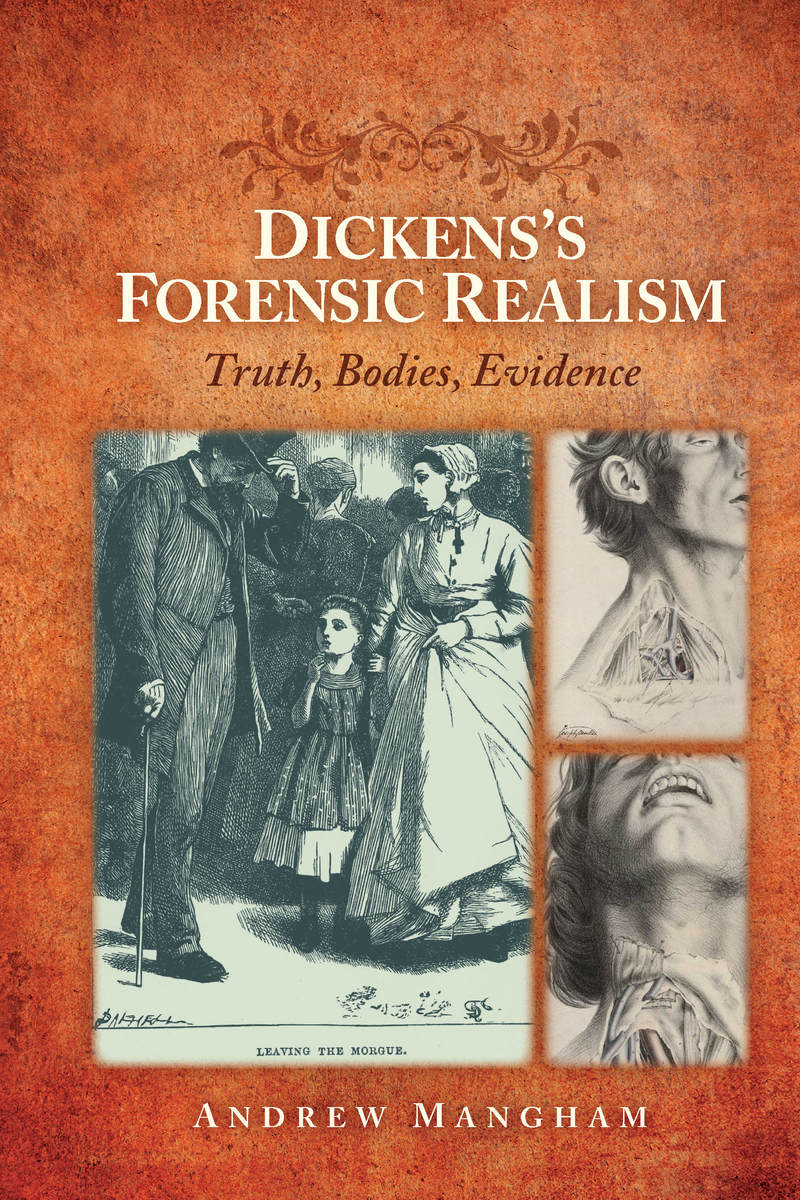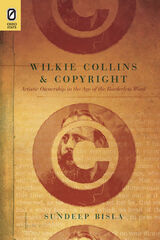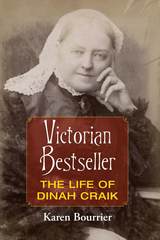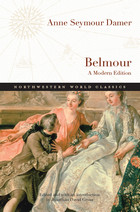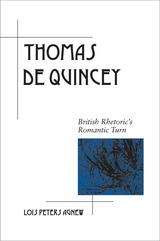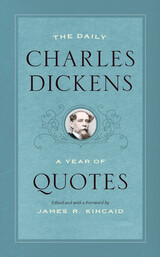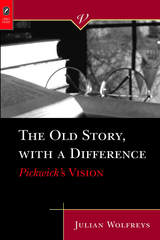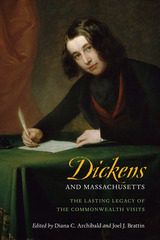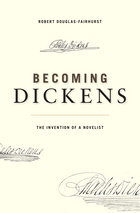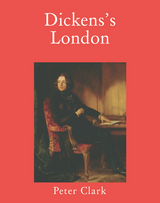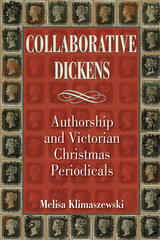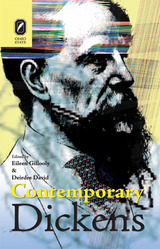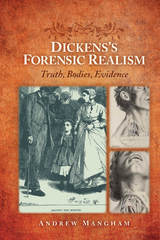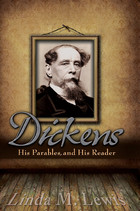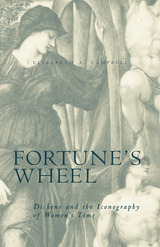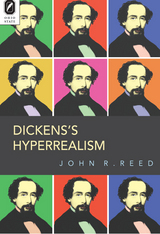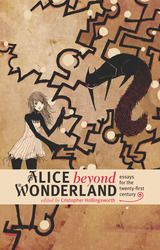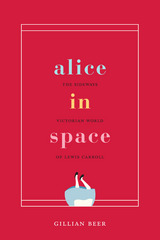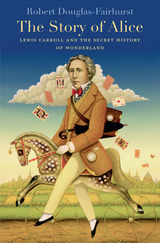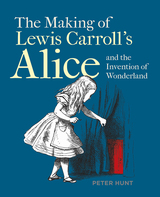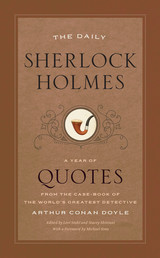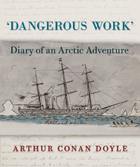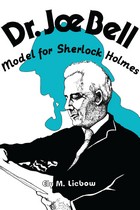Dickens's Forensic Realism: Truth, Bodies, Evidence
The Ohio State University Press, 2017
Paper: 978-0-8142-5386-1 | eISBN: 978-0-8142-7466-8 | Cloth: 978-0-8142-1324-7
Library of Congress Classification PR4588.M26 2016
Dewey Decimal Classification 823.8
Paper: 978-0-8142-5386-1 | eISBN: 978-0-8142-7466-8 | Cloth: 978-0-8142-1324-7
Library of Congress Classification PR4588.M26 2016
Dewey Decimal Classification 823.8
ABOUT THIS BOOK | AUTHOR BIOGRAPHY | REVIEWS | TOC
ABOUT THIS BOOK
Dickens’s Forensic Realism: Truth, Bodies, Evidence by Andrew Mangham is one of the first studies to bring the medical humanities to bear on the work of Dickens. Turning to the field of forensic medicine (or medical jurisprudence), Mangham uncovers legal and medical contexts for Dickens’s ideas that result in new readings of novels, short stories, and journalism by this major Victorian author. Dickens’s Forensic Realism argues that the rich and unstable nature of truth and representation in Dickens owes much to the ideas and strategies of a forensic Victorian age, obsessed with questioning the relationship between clues and truths, evidences and answers.
As Mangham shows, forensic medicine grew out of a perceived need to understand things with accuracy, leaning in part on the range of objectivities that inspired the inorganic sciences. At the same time, it had the burden of assisting the law in convicting the guilty and in exonerating the innocent. Practitioners of forensic medicine were uniquely mindful of unwanted variables such as human error and the vagaries of interpretation. In readings of Oliver Twist, Our Mutual Friend, Bleak House, The Pickwick Papers, Great Expectations, and Dickens’s early journalism, Mangham demonstrates that these questions about signification, perception, and reality are central to the stylistic complexities and playful tone often associated with Dickens. Moreover, the medico-legal context of Dickens’s fiction illuminates the richness and profundity, style and impact of Dicken’s narratives.
As Mangham shows, forensic medicine grew out of a perceived need to understand things with accuracy, leaning in part on the range of objectivities that inspired the inorganic sciences. At the same time, it had the burden of assisting the law in convicting the guilty and in exonerating the innocent. Practitioners of forensic medicine were uniquely mindful of unwanted variables such as human error and the vagaries of interpretation. In readings of Oliver Twist, Our Mutual Friend, Bleak House, The Pickwick Papers, Great Expectations, and Dickens’s early journalism, Mangham demonstrates that these questions about signification, perception, and reality are central to the stylistic complexities and playful tone often associated with Dickens. Moreover, the medico-legal context of Dickens’s fiction illuminates the richness and profundity, style and impact of Dicken’s narratives.
See other books on: 1812-1870 | Death in literature | Dickens, Charles | Human body in literature | Truth
See other titles from The Ohio State University Press
